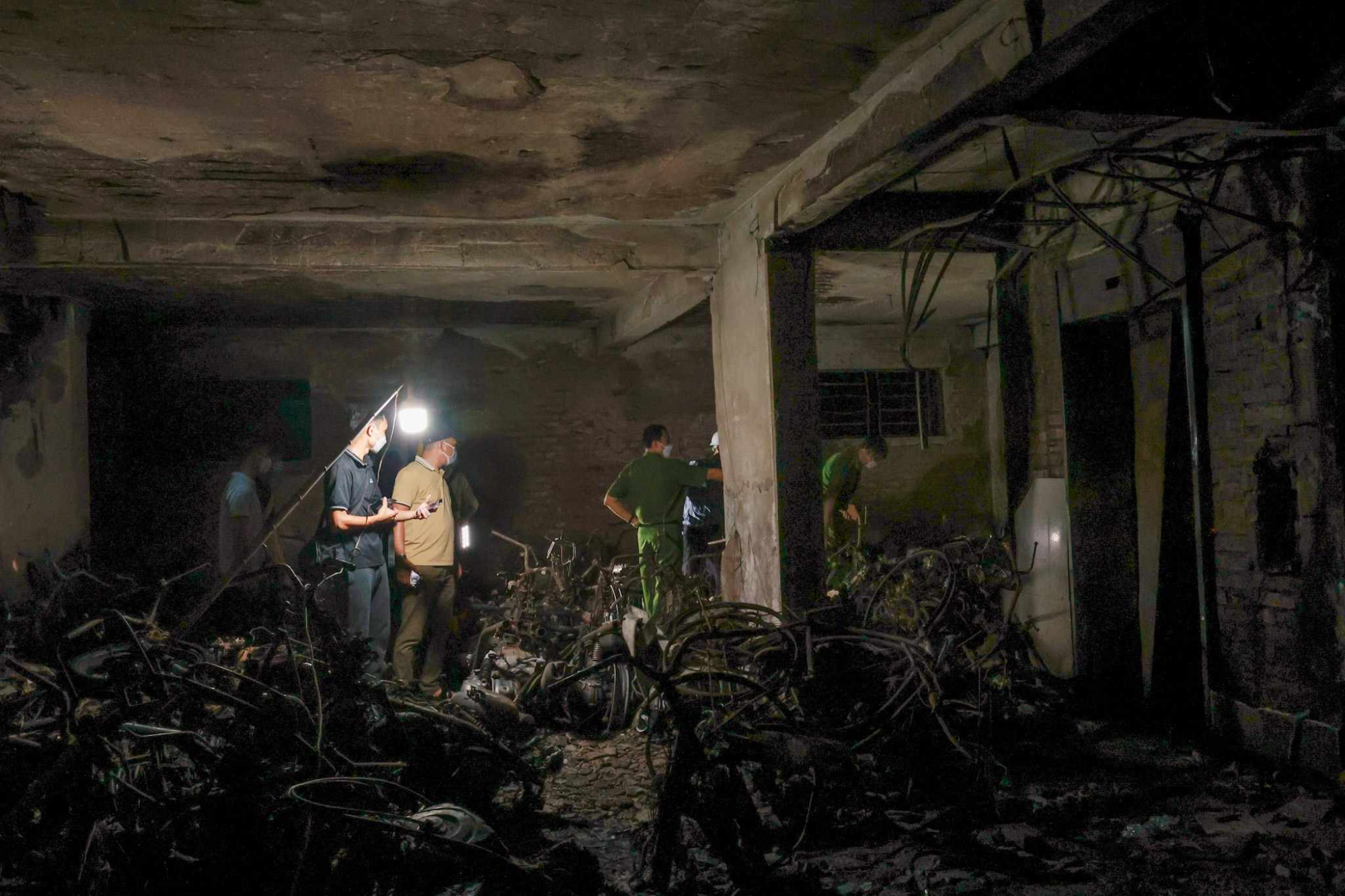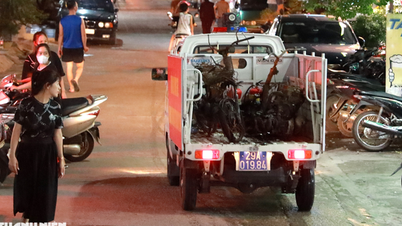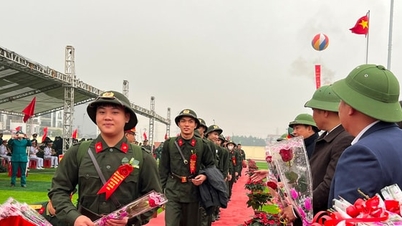The Hanoi City Police Department has just issued a decision to prosecute the case, prosecute the accused and order the temporary detention of Nghiem Quang Minh (born in 1979, residing in Yen Hoa, Cau Giay, Hanoi) for 4 months to investigate the crime of violating fire prevention and fighting regulations under Article 313 of the Penal Code. Minh is the owner of the mini apartment building No. 37, Alley 29/70, Khuong Ha Street, where the particularly serious fire occurred late at night on September 12.

Up to now, 56 people have died in the mini apartment fire in Khuong Ha.
Up to now, authorities have identified 56 dead and 37 injured (of which, 39/56 dead have been identified).
Regarding the incident, Mr. Nguyen Duy Thanh, General Director of Global Home Management Company, said that the concept of mini apartments has been clearly defined in Article 22, Decree 71, Decision 24/2014/QD-UBND.
Accordingly, mini apartments are houses built by individuals or households. Consists of 2 floors with each floor having 2 or more apartments. Apartments in mini apartments are designed and built in a closed style, including private rooms, toilets, bathrooms, private kitchens... with a minimum floor area of 30m2 and often built with an additional attic to optimize the area.

Mr. Nguyen Duy Thanh, General Director of Global Housing Management Company
With modest area and affordable price, mini apartments are often suitable for people with average income but want to live near the central area, convenient for going to school, going to work...
However, mini apartments must meet the regulations on apartment buildings stipulated in Article 70 of the 2014 Housing Law, that is, they must have sufficient minimum floor area standards for each apartment according to construction standards and regulations; have a privately owned area and a common area of the apartment building.
"Therefore, there are often very few mini apartments that meet the legal and fire safety requirements. Therefore, mini apartments are often spontaneous and unsafe when it comes to fire prevention and elevator operation. The roles and responsibilities of owners are not strictly defined," Mr. Thanh assessed.
According to him, in reality, there are very few mini apartments that fully meet the above conditions of the Housing Law, and many mini apartments are even built without permission with typical violations such as: building more floors than allowed; not meeting the conditions of wastewater treatment, fire prevention and fighting, unsafe security and order, poor general environmental sanitation...
Along with that, in these cases, the buyer of the mini apartment will not be able to get the pink book. Without the pink book, the buyer will have to face many difficulties in transferring as well as not being able to mortgage to borrow capital, not being able to inherit and being limited in some other civil rights...
Mini apartments often have the common characteristics of being located near the center, but in small alleys, fire fighting equipment is difficult to access when a fire occurs. Mini apartments are often built in a tube house model with many rooms that optimize the construction area, even built illegally without fire escape stairs and fire safety standards are not respected.
"Mini apartments are often confused with rental rooms because they have many separate rooms and always have many residents. Therefore, fire prevention and fighting inspection agencies also pay little attention to strengthening inspection and supervision of activities related to fire prevention and fighting safety at these mini apartment buildings," CEO Global Home pointed out.
Source



![[Photo] Students of Binh Minh Primary School enjoy the full moon festival, receiving the joys of childhood](https://vphoto.vietnam.vn/thumb/1200x675/vietnam/resource/IMAGE/2025/10/3/8cf8abef22fe4471be400a818912cb85)
![[Photo] Prime Minister Pham Minh Chinh chairs meeting to deploy overcoming consequences of storm No. 10](https://vphoto.vietnam.vn/thumb/1200x675/vietnam/resource/IMAGE/2025/10/3/544f420dcc844463898fcbef46247d16)


































































































Comment (0)